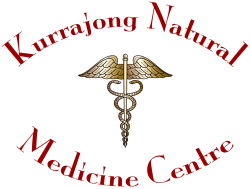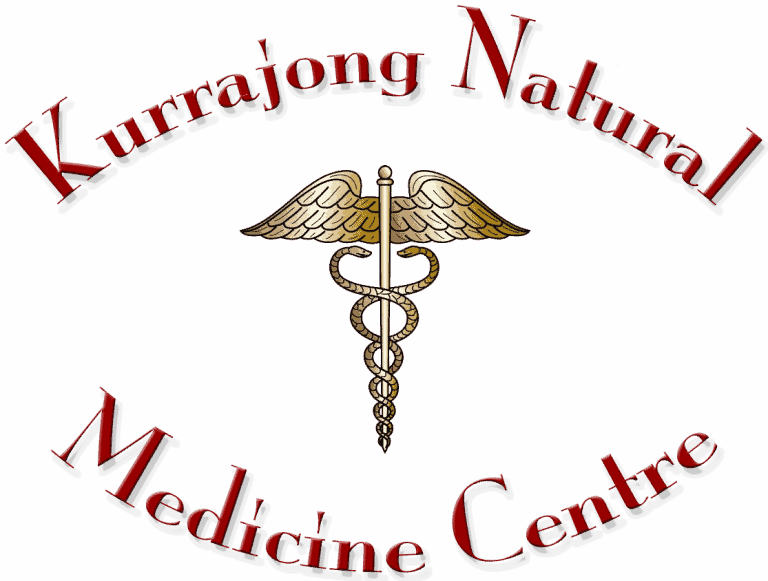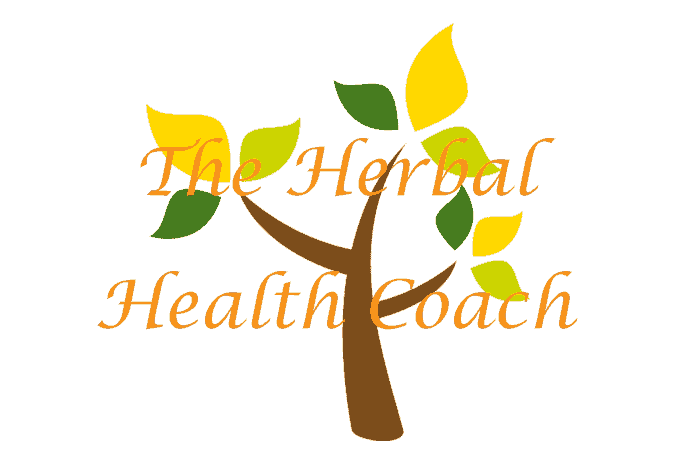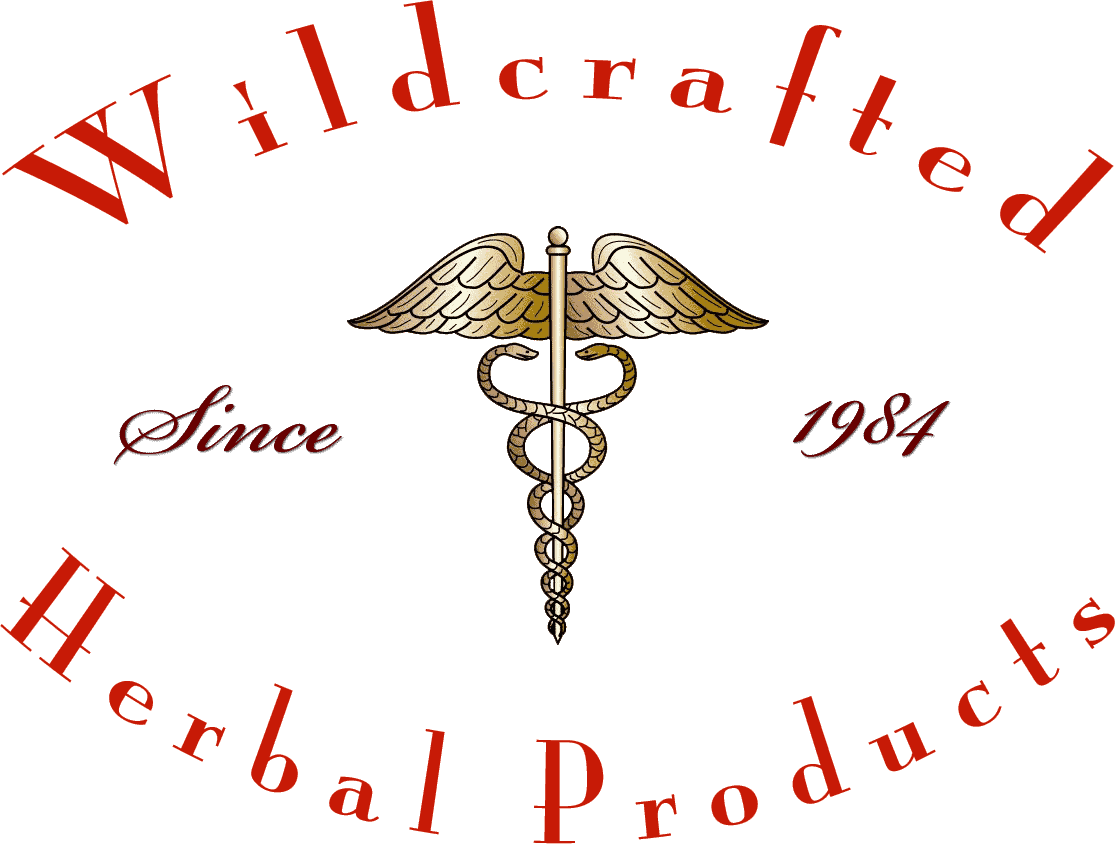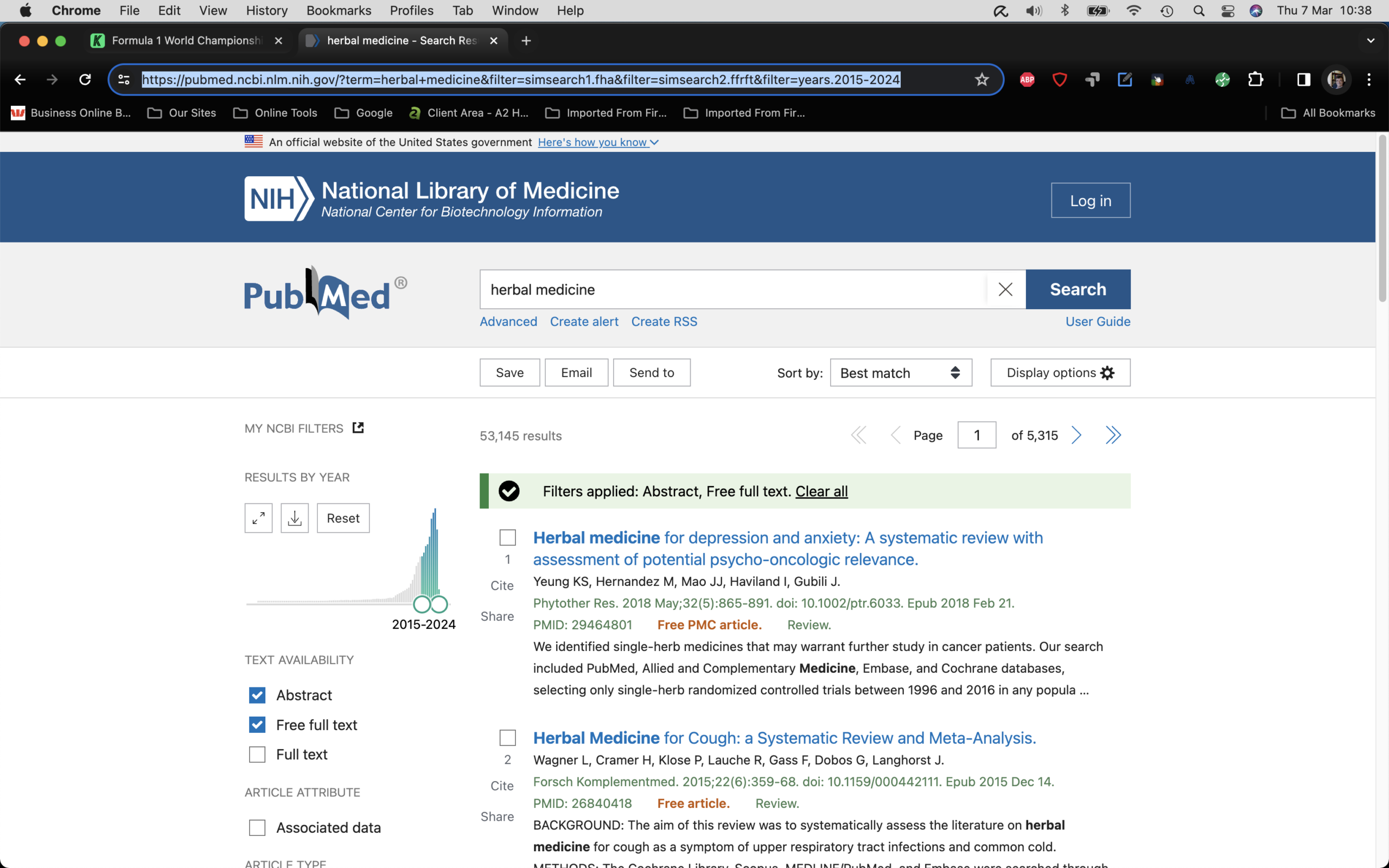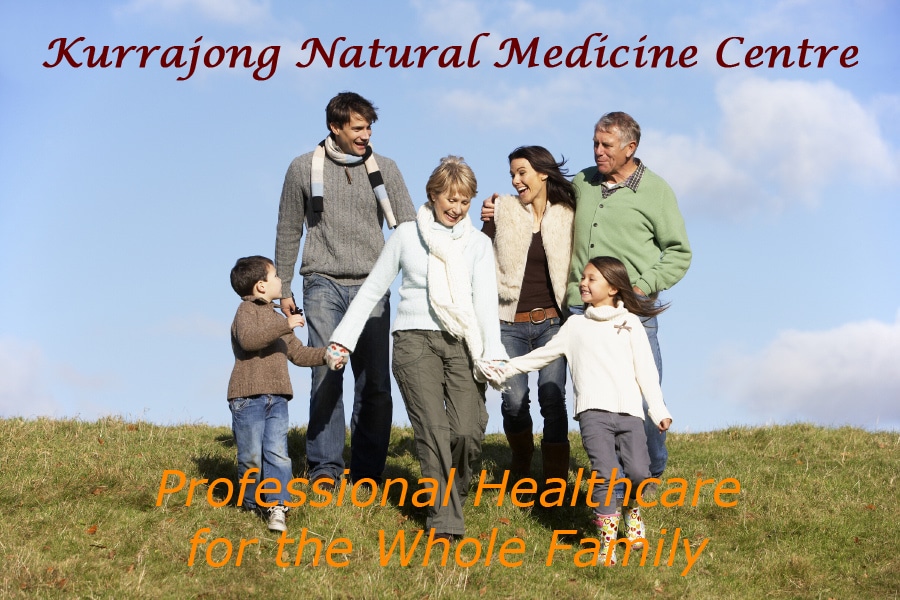The Health & Wellness Magazine - Autumn 2024 Issue
Content of The Healath & Wellness Magazine - Autumn 2024
What's On & News
We are having a break over Easter
Our clinic will be closed starting on Wednesday the 27th of March and we’ll be back on Wednesday the 10th of April.
We wish all of you a Happy Easter.
The Mind-Body Nexus: Exploring the Interconnected Realms of Cancer and Mental Attitude
The Mind-Body Link in Cancer Care:
Looking into the mind-body connection in cancer isn’t just a medical journey; it’s like uncovering a secret language where thoughts and feelings can actually impact physical health. It’s pretty wild to think that our mental states can play a role in how cancer progresses. For instance, living under constant stress can weaken our immune system, potentially giving cancer an upper hand. But here’s the hopeful part: staying positive might actually boost our immune defences. It’s as if our emotions can send signals to our body, sometimes helping and other times hindering the fight against cancer; or any other disease for that matter.
How Our Immune System Joins the Fight:
Our immune system is like the body’s security guard, always on the lookout for trouble. In the world of cancer, how we feel mentally can influence its effectiveness. Studies have shown that keeping a positive outlook could make our immune system more vigilant against cancer cells. On the flip side, feeling down or stressed might make it easier for cancer to slip past our defences.
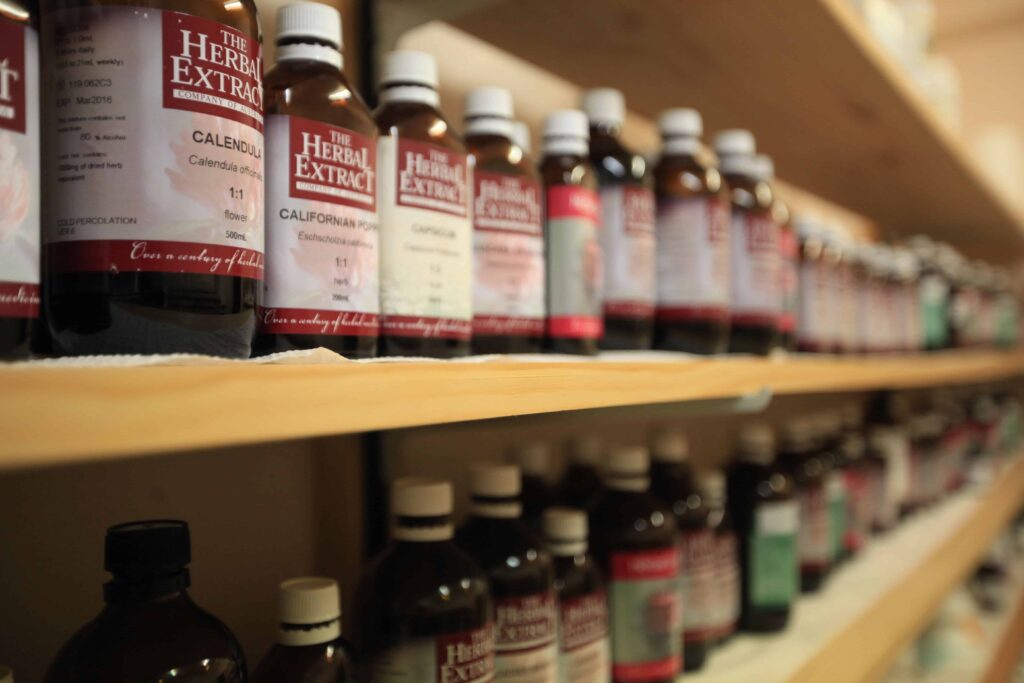
Sticking to Treatment and Finding Inner Strength:
When it comes to cancer treatment, a good mental attitude can make a huge difference. Treatments can be tough, and staying motivated and positive helps patients stick with their treatment plans. This isn’t just about feeling better; it can actually make the treatments work better. On the other hand, if someone’s feeling overwhelmed by or negative towards their treatment, they might struggle to keep up with their treatments, which isn’t great for their recovery chances.
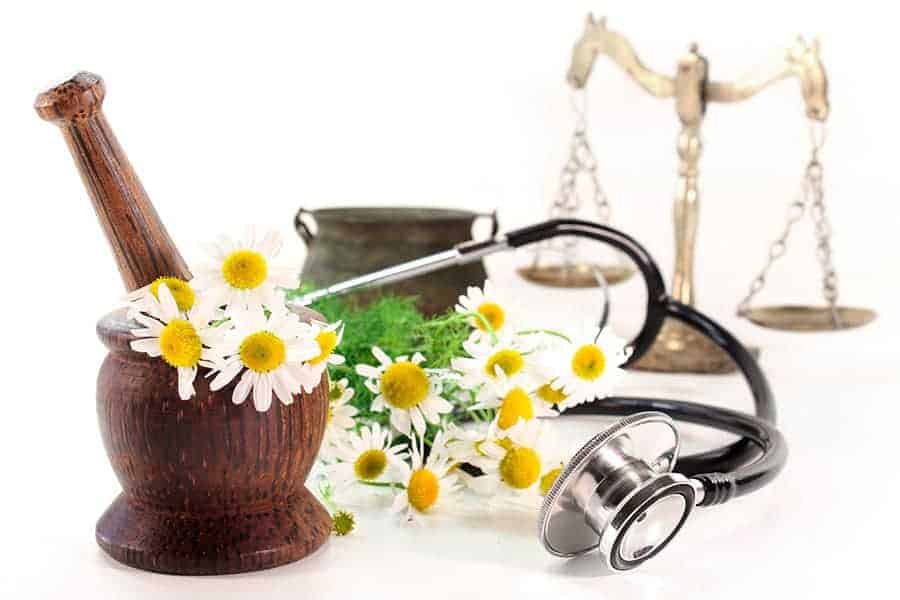
Life Quality and Whole-Person Care:
How patients feel mentally doesn’t just affect their treatment; it’s also about the quality of their daily life. This is where blending treatments with things like mindfulness, meditation, and counselling can be a game-changer. By tackling both the physical and emotional challenges of cancer, these approaches aim to reduce stress, improve coping skills, and overall, make life more enjoyable during a tough time.
Cancer Care Gets Personal:
Realising how closely the mind and body are connected in cancer care opens the door to more personalised treatment. Everyone’s emotional makeup is different, so tailoring care to meet these individual mental and emotional needs can make a big difference. It’s about shifting from a one-size-fits-all approach to one that empowers each patient and looks after their overall well-being.
Conclusion:
Exploring the connection between cancer and mental attitude takes us on a journey that intertwines hope, resilience, and science. Understanding how our minds can influence our physical fight against cancer is a game-changer. It’s pushing cancer care to become more holistic, empathetic, and tuned into the full human experience. This exploration isn’t just about tackling cancer cells; it’s about uplifting and caring for the whole person. It’s a step towards a future where personalised, integrative care doesn’t just heal the body but also supports the spirit of those facing the challenges of cancer and their nearest and dearest.
Danny's Soap-Box
Why Integration of Traditional Systems of Medicine Should Not Be Integrated with Conventional Medicine
Guess Who
First of all let’s look at the definition of ‘Integrative medicine’: “Integrative medicine is a form of medical therapy that combines practices and treatments from alternative medicine with conventional medicine”.
That sounds great, doesn’t it, but what does it really mean? Well, it implies that a medical doctor (GP), in addition to his conventional treatments, is also using practices and treatments from alternative medicine.
So, what’s alternative medicine? Well, it includes Traditional Chinese Medicine (TCM), which includes acupuncture, Chinese herbal medicine, moxibustion, tai qi, and other therapies that belong to TCM, Western herbal medicine, Chiropractic therapy, Homeopathy, Naturopathy, a range of body therapies such as remedial massage, body realignment therapy, and several other treatments and therapies.
Within these treatments and practices are many differing philosophies which in some cases are not easily brought under one umbrella. For example, Ayurvedic and Chinese medicine have a vastly differing view of the human body then does orthodox/conventional medicine or even Naturopathy. All of them require much learning and some courses are just as long as orthodox medicine.
So to think that an individual could master all these different systems of medicine and therapies is simply laughable.
Let’s take a look at the Systems of Medicine that currently play a role in western countries such as Europe, USA, Australia and others. For the most part, conventional medicine is seen as the dominant system of medicine and the ‘go-to’ healthcare system. However, in recent decades other systems of medicine have started to become increasingly more popular; medical systems such as traditional Chinese medicine (TCM), Ayurvedic medicine, Western herbal medicine and even Homeopathy have been gaining interest both from the general public and the scientific community.
Herbal medicine, irrespective of what country we’re talking about, is as old as Neanderthal – so, quite old. Traditional Chinese and Ayurvedic medicine are medical systems that have been in use for several millennia. Conventional medicine, on the other hand, is a couple of hundred years old. The point is that long before conventional medicine was even thought of, many cultures around the world had effective medical systems that are still being used by millions of people every single day. They have stood the test of time.
According to the World Health Organisation, about 70–80% of the world population rely on non-conventional medicines such as medicinal plants (i.e.: herbal medicine). Public interest for the treatment with alternative/traditional medicine is mainly due to increased side effects of synthetic drugs, lack of curative treatment for several chronic diseases, high cost of new drugs, microbial resistance, and emerging diseases.
In Western countries where conventional medicine is dominant today, criticism of “insufficient proof of efficacy and safety” is often used as a means to discriminate against the traditional forms of medicine. This is of course completely false. There is more than sufficient scientific evidence demonstrating the efficacy and safety of a range of modalities including acupuncture, herbal medicine (Chinese and Western) and so on. The “insufficient research” claim is a complete nonsense. See for yourself, go to PubMed <https://pubmed.ncbi.nlm.nih.gov/?term=Herbal+Medicine&filter=simsearch1.fha&filter=simsearch2.ffrft&filter=years.2015-2024> type in ‘Herbal Medicine’ and you’ll get this:
This shows that in the past 10 years over 5000 scientific articles have been published. I’ve restricted the search-results to only show the past 10 years and only list articles that are free to read the entire study. If I remove these parameters, I’d get over 20000. If that’s not evidence of sufficient proof, I don’t know what is. Having said that, obviously some studies will not show a positive result or will show an inconclusive result, but that goes for any search irrespective of the type of medicine we’re looking at.
Furthermore, let’s not forget that pharmaceutical medicine comes from herbal medicine and pharmaceutical companies still use herbal ingredients today; Valerian is used to make Valium, Poppies are used to make opioid drugs, Foxglove is used to make Digoxin, and of course they make a synthetic version of salicylic acid (Aspirin) which originally came from the White Willow Bark. We could go on and on and on and… but I think you get the idea.
Many pharmaceuticals use the active ingredients from medicinal herbs, either in isolation or if possible they manufacture the active ingredient synthetically (much cheaper than using the real thing…), problem with that is that the synthetic version or the isolate can cause side-effects that would not occur if the plant was used without tampering with it. For example, using valerian (the herb) does not cause people to become addicted, whereas using Valium does.
Another issue is not understanding how something works, for example we don’t fully understand how acupuncture works yet; what we do know is that is Does. Often criticism is levelled at practitioners and therapies alike that ask “how can we trust a treatment if we don’t know how it works?” Well, surprise, surprise we also don’t know how anaesthetics work… so should we not use them during surgery? Ludicrous, right? Of course we need to used them. As long as we know that a process or a particular medicine works, we should use it.
So, why should traditional medicine not be integrated with conventional medicine? Well, for one thing, conventional medicine, by its own admission, is not very good at treating chronic pain or chronic disease. For example, there is still no cure for diabetes, heart disease, asthma, chronic pain, fibromyalgia, chronic fatigue syndrome, long term covid, etc, etc. Having said that, conventional medicine is awesome when it comes to emergency medicine, surgery, and fixing broken bones. Keeping people alive when organs such as the kidneys fail.
In addition, another issue is that conventional medicine does not have a concept of energy within the body that can be manipulated, unlike acupuncture, homeopathy and Ayurveda, for example, that work with the energy of the body which is called ‘Qi’, Prana, etc.
So how could the two (traditional & conventional) even conceive of being integrated. The only way this is even slightly possible is if practitioners from both sides can work together one-on-one, as I do and have done with several GPs and other medical specialists. It takes willingness by all parties to communicate each others specialised knowledge to one another. Some very interesting conversations often result from that.
Let’s not kid ourselves, whether it’s a doctor of traditional Chinese or conventional medicine, they both have spent many, many years acquiring their specialised knowledge, it’s just in ‘different languages’ and therefore need translating at times.
This also goes for herbal medicine, Ayurvedic medicine, homeopathy and to some extent even naturopathy. The reason for this is that conventional medicine focuses mostly on managing symptoms rather than focusing on treating the root cause. This is a crucial area of difference and is not easily resolved, especially while the pharmaceutical industry is essentially running conventional medicine.
If integration is to mean that orthodox/conventional medicine is going to “integrate” forms of traditional medicine and tries to make it their own, then that will not work for them or their patients. However, if the different systems of medicine can work together, alongside each other, then that has potential. In our practice we have always adopted the attitude that two minds are better than one and using this philosophy we promote the idea of working with our patients’ doctors to achieve the best possible result for our patients. While this is the best way forward, not all conventional doctors are happy to engage in this, which I believe is not in the best interest of the patient.
Ageing Gracefully - How to keep your skin looking great!
by Susan and Danny Siegenthaler
Invest some time and care today and your skin will thank and reward you tomorrow!
These days it seems everyone wants to have younger looking skin. Unfortunately, even the most expensive skin care products, with all their claims of ‘reducing the appearance of fine lines and wrinkles’, can’t turn back the years. However, don’t despair! There are steps that we can all take to make sure our skin looks healthy and vibrant and stays wrinkle-free for longer. All we’ve got to do is invest some time and care in looking after it.
It is important to understand the basic function of our skin in order to look after it properly. The skin is our body’s largest organ and comprises three major layers:
• The Epidermis: This layer has five sub-layers; the outer layer consists of mainly dead cells which are continuously shed and replaced by cells beneath. The epidermis is also responsible for ‘water proofing’ your skin, protecting your skin from potential invasion of microbes and generate new skin cells which move from the deep layer of the epidermis to the outer layer, where they are eventually shed.
• The Dermis: Is the ‘middle layer of the skin and is composed of connective tissue containing collagen and elastin. The dermis is thick in the palms and soles and very thin in the eyelids. It contains blood vessels, nerves, glands, and hair follicles.
• The Subcutaneous layer or Hypodermis : This layer consists of areolar and adipose tissue. Fibres from the dermis extend down into the subcutaneous layer and anchor the skin to it. The subcutaneous layer, in turn, attaches to underlying tissues and organs.
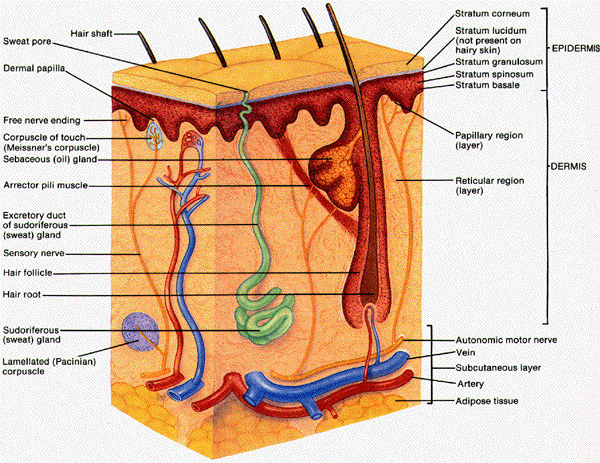
Ageing of the skin
There are several factors influencing how quickly our skin will age, ranging from genetic factors, your natural skin type, as well as external factors such as exposure to sunlight, environmental factors and whether you smoke or not. In general, pale skins wrinkle faster than darker skins, which are protected by increased amounts of pigment and lipids.
Another vital factor is, of course, our age. Our skin looks and functions very differently at 20 as opposed to when we are 60.
Below is a skin care plan of how to look after your skin as the decades go by and how to adapt your skin care regime accordingly.
Looking after your skin in your 20s
Your 20s is a great time for your skin. You’ve left behind the adolescence acne and your skin has a healthy, radiant, youthful glow and the epidermis is firm and well toned.
However, this is not the time to be complacent. In your 20s skin cell renewal drops by up to 28 per cent, dead skin cells are not as easily shed and external factors are starting to have a greater impact, leaving your skin slightly duller. For these reasons, it’s a good idea to use an exfoliant regularly to remove the old cells and stimulate the regrowth of new ones.
According to dermatologists, 80 per cent of all aging can be directly related to exposure to sunlight. Therefore, it is a good idea to avoid the mid-day sun, or if you have to be out in the heat of the day (especially in countries like Australia), than cover up. Penetrating UVA rays will start to damage collagen fibres and elastin coils in your skin. Make sure you use a good quality, natural moisturiser before and after you’ve been out in the sun. This will keep up nutrients levels in your skin and protect it to some degree from loss of moisture.
Smoking is one factor you can control and now would be a good time to quite. Smoking inhibits oxygen getting to the outer layer of your skin and has a premature aging effect. In addition, smoking can cause fine lines around the mouth over the years and this is to be avoided – if you want to keep your good looks. If you do smoke, make sure you have a good exercise regime which promotes cardio-vascular fitness. This will to some extent counteract the reduction of peripheral circulation caused from smoking.
Looking after your skin in your 30s
By the time you get to your 30s skin cell turnover has slowed even more. Environmental damage from pollution, smoke and sunlight are starting to take their toll on the dermis, causing collagen fibres to loosen so that skin starts to loose its tone and develop fine lines and wrinkles. When you smile, subcutaneous fat forms ridges and refuse to bounce back as readily as it once did. Your first wrinkles may start to appear.
By now you should have established a daily skincare regime that involves exfoliating (two or three times a week), cleansing, toning, moisturising, and sun protection for your skin. If you haven’t, don’t wait andy longer. You should seriously think about using a natural skin care system for your daily skin care regime.
In your 30s, it’s important to maintain a balanced diet consisting of fresh fruits, vegetables, grains and fish, which are high in antioxidants such as Vitamins A, B, C and E. These Vitamins counteract free radicals in your body that help the skin to repair itself, produce the enzymes that stabilise collagen production, and stay moist and healthy. For further protection, try using a day crème, such as one that contains vitamin E, for example: Wildcrafted’s Age Defying Essence. Remember too that the less processed your food is, the better it is for you. Fresh is absolutely best.
Alcohol should only be consumed in moderation as it deprives your skin of vital nutrients, dehydrates the skin and may cause your facial blood vessels to become dilated leading to permanent, red ‘spider veins’ on your cheeks and in men often across the nose.
Maintaining well hydrated tissues by drinking plenty of water each and every day (3 litres a day is not at all excessive) is vital to retain moisture in your skin. When ever possible, use filtered water to avoid the intake of chlorine and other chemical impurities such as rust from the pips etc.
In addition, you should ensure that you get enough quality sleep. Eight hours is considered ‘enough’. Research in the UK has shown that sleeping less than eight hours per night actually reduces your IQ. Sleep is also the time when the body undertakes its own repairs, so give it what it needs and you will feel the better for it.
Looking after your skin in your 40s
In your 40s, collagen fibres decrease in number, stiffen, break apart, and form into a shapeless, matted tangle. Elastic fibres lose some of their elasticity, thicken into clumps, and fray.
The result is the skin forms crevices and furrows known as lines and wrinkles. In addition, loss of fat in the subcutaneous layer leaves your skin more fragile, whereas the dermis will continue to lose its elasticity.
A rich nourishing night crème, such as Wildcrafted’s Rejuvenating Night Crème, becomes a vital part of your skin care regime and should be used every night.
During your 40s the stratum corneum (the outer layer of the epidermis) starts to grow even thicker, as dead skin cells hang around for longer. If you are not already using an exfoliant regularly, now is a good time to get into the habit of exfoliating your skin regularly using a facial scrub 2-3 times a week.
You should also use a moisturising cream containing Rose oil, Jojoba oil or similar, as these contain natural AHA’s (alpha hydroxy acids) which help to remove dead skin cells. It’s important that you use natural products that do not use concentrates of AHA’s in them. Many products profess to be ‘natural’, but actually use concentrated extracts of AHA’s and not an holistic approach
As deeper wrinkles start to form, you may wish to use a complete skin care system, which systematically helps you to nourish and moisturise your skin on all levels. Choose natural skin care products for your daily skin care regime, as you do not want to introduce unnecessary toxins into your system by using products full of unpronounceable chemicals. Quality natural skin care systems, such as Wildcrafted’s range of natural skin care systems should be matched to your specific skin type.
Looking after your skin in your 50s and above
As we reach our 50s and beyond, the hair and nails grow more slowly. Langerhans cells (involved in the immune response, dwindle in number, thus decreasing the immune responsiveness of older skin. Decreased size of sebaceous (oil) glands leads to dry and broken skin that is more susceptible to infection.
In women, after the menopause, decreased oestrogen levels mean that skin lose its plumpness and tone, and it may be left dry, itchy and more sensitive to allergens.
At this stage in your life it is important to take that extra care of your skin’s health. Mature skin is more fragile, prone to injury and infection and bruises easily. As if this was not bad enough, it also takes longer to heal. Taking care of your skin will reduce the ageing effect; keep it healthier as well as more resistant to injury and infections. Remember, a face that has a lived in look is much more attractive than a Botox face.
Ayurvedic Medicine: Taking A Look At Doshas and Diet
Ayurvedic medicine is a traditional system of medicine that originated in ancient India over 3,000 years ago. It is based on the belief that health and wellness depend on a delicate balance between the mind, body, and spirit. One of the central concepts in Ayurveda is the theory of doshas, which are three energies believed to circulate in the body and govern physiological activity. The three doshas are Vata, Pitta, and Kapha.
Each dosha is associated with specific qualities and elements:
1. Vata: Associated with the elements of air and space, Vata governs movement in the body. It is characterised by qualities such as dryness, coldness, lightness, and irregularity.
2. Pitta: Associated with the elements of fire and water, Pitta governs digestion, metabolism, and energy production. Pitta is characterised by qualities such as heat, sharpness, intensity, and oiliness.
3. Kapha: Associated with the elements of water and earth, Kapha governs stability and structure in the body. It is characterised by qualities such as heaviness, coldness, slowness, and solidity.
According to Ayurveda, each individual has a unique combination of these doshas, known as their constitution or Prakriti. Imbalances in the doshas are believed to lead to illness and disease. Diet and lifestyle modifications are key components of Ayurvedic treatment aimed at restoring balance and promoting health.
When it comes to diet, Ayurveda emphasises eating foods that help balance the doshas. Here’s a brief overview of dietary recommendations for each dosha:
1. Vata Dosha:
◦ To balance Vata, it’s recommended to eat warm, moist, and grounding foods.
◦ Favor cooked grains such as rice, quinoa, and oats.
◦ Cooked vegetables like sweet potatoes, carrots, and beets are beneficial.
◦ Warm and nourishing soups and stews are good choices.
◦ Avoid cold, raw, and dry foods as they can aggravate Vata.
2. Pitta Dosha:
◦ To balance Pitta, focus on cooling and calming foods.
◦ Opt for sweet, bitter, and astringent tastes.
◦ Include plenty of fresh, juicy fruits like melons, grapes, and pears.
◦ Vegetables such as cucumbers, leafy greens, and zucchini are cooling.
◦ Favor mild spices like coriander, fennel, and cardamom.
◦ Avoid spicy, sour, and overly salty foods as they can increase Pitta.
3. Kapha Dosha:
◦ To balance Kapha, choose foods that are light, dry, and warming.
◦ Favor pungent, bitter, and astringent tastes.
◦ Include plenty of fruits like apples, berries, and pomegranates.
◦ Lightly cooked vegetables such as spinach, kale, and broccoli are beneficial.
◦ Spices like ginger, black pepper, and mustard help stimulate digestion.
◦ Avoid heavy, oily, and sweet foods as they can exacerbate Kapha.
Dietary Modifications (Ahara): Diet plays a crucial role in Ayurvedic treatment. Dietary recommendations are tailored to an individual’s constitution (Prakriti) and any existing dosha imbalances. Foods are selected based on their taste (rasa), potency (guna), and post-digestive effect (vipaka) to restore balance to the doshas. Ayurvedic dietary guidelines also emphasise mindful eating practices and seasonal variations in food choices. So, lets take a closer look at the dietary aspects of each of the doshas.
1. Vata Dosha:
◦ Qualities: Vata is characterised by qualities such as dryness, coldness, lightness, and irregularity. Therefore, foods that are moist, warm, grounding, and nourishing are recommended to balance Vata.
◦ Foods to Favour:
▪ Cooked grains: Rice, quinoa, oats, wheat.
▪ Cooked vegetables: Sweet potatoes, carrots, beets, spinach, squash.
▪ Nourishing soups and stews: Made with root vegetables, legumes, and warming spices.
▪ Healthy fats: Ghee, sesame oil, olive oil.
▪ Warm beverages: Herbal teas like ginger tea, warm almond milk.
◦ Foods to Avoid:
▪ Cold foods: Ice-cold drinks, salads, raw vegetables.
▪ Dry foods: Crackers, dried fruits, popcorn.
▪ Light foods: Light salads, rice cakes, airy snacks.
▪ Excessively spicy or bitter foods: Can further aggravate Vata imbalance.
◦ Eating Habits: Vata individuals should focus on maintaining a regular meal schedule and eating at regular intervals to prevent erratic eating patterns. They should also ensure meals are consumed in a calm and relaxed environment to support digestion.
2. Pitta Dosha:
◦ Qualities: Pitta is characterised by qualities such as heat, sharpness, intensity, and oiliness. Therefore, foods that are cooling, calming, and mildly spiced are recommended to balance Pitta.
◦ Foods to Favour:
▪ Sweet and bitter fruits: Melons, grapes, pears, apples.
▪ Cooling vegetables: Cucumbers, leafy greens, zucchini, celery.
▪ Whole grains: Barley, basmati rice, oats, quinoa.
▪ Cooling spices: Coriander, fennel, cardamom, mint.
▪ Lean proteins: Chicken, turkey, fish.
◦ Foods to Avoid:
▪ Spicy foods: Chili peppers, hot sauces, excessive amounts of garlic and onions.
▪ Sour foods: Citrus fruits, vinegar, fermented foods.
▪ Oily and fried foods: Heavy oils, deep-fried dishes.
▪ Excessive salt: Increases heat and aggravates Pitta.
◦ Eating Habits: Pitta individuals should avoid skipping meals and overeating, as both can aggravate Pitta. They should also eat in a peaceful environment, taking time to savor and enjoy their meals.
3. Kapha Dosha:
◦ Qualities: Kapha is characterised by qualities such as heaviness, coldness, slowness, and solidity. Therefore, foods that are light, dry, warming, and stimulating are recommended to balance Kapha.
◦ Foods to Favour:
▪ Fruits: Apples, berries, pomegranates, cranberries.
▪ Lightly cooked vegetables: Kale, spinach, broccoli, cauliflower, Brussels sprouts.
▪ Legumes: Lentils, chickpeas, black beans.
▪ Spices: Ginger, black pepper, mustard, turmeric, cinnamon.
▪ Light grains: Quinoa, millet, barley.
◦ Foods to Avoid:
▪ Heavy and oily foods: Fried foods, excessive dairy, rich desserts.
▪ Sweet foods: Sugary snacks, desserts, heavy pastries.
▪ Cold and damp foods: Ice cream, cold drinks, excessive consumption of dairy.
▪ Excessive salt: Can lead to water retention and aggravate Kapha.
◦ Eating Habits: Kapha individuals should aim for light and stimulating meals, avoiding large portions and excessive snacking. Regular physical activity and maintaining an active lifestyle are also important for balancing Kapha.
In addition to these dietary recommendations, Ayurveda emphasises the importance of mindful eating practices, such as eating in a peaceful environment, chewing food thoroughly, and cultivating gratitude for the nourishment received from food. These practices help support optimal digestion and overall well-being according to Ayurvedic principles.
Did You Know?
Did You Know?
Did you know iatrophobia is the fear of doctors
Did you know aichmophobia is the fear of needles and pointed objects
Did you know a connected bunch of bananas is called a hand and individual bananas are called fingers
Did you know ablutophobia is the fear of bathing
Did you know achluophobiais the fear of the dark
Did you know acrophobia is the fear of heights
Did you know melissophobia is the fear of bees
Did you know melophobia is the fear of music
Did you know myrmecophobia is the fear of ants
Did you know ombrophobia is the fear of rain
Did You Know?
Did you know the word 'lethologica' describes the state of not being able to remember the word you want
Did you know sesquippedaliophobia is the fear of long words
Did you know triscadecaphobia is the fear of the number 13
Did you know ombrophobia is the fear of rain
Did you know Sergey Brin and Larry Page registered their new company under the name Google, which was a misspelling of the word googol
Did you know 1 googol is the number 1 followed by 100 zeros
Did you know the word laser stands for 'Light Amplification by Stimulated Emission of Radiation'
We hope you enjoyed our latest Edition of The Health & Wellness Magazine. We are always open to constructive feedback and ideas for future articles. If you have a particular topic you would like us to cover relating to yoga, alternative medicine, meditation, etc., please let us know and we will include it in an up coming Magazine
Namaste.
Your Authors Are:
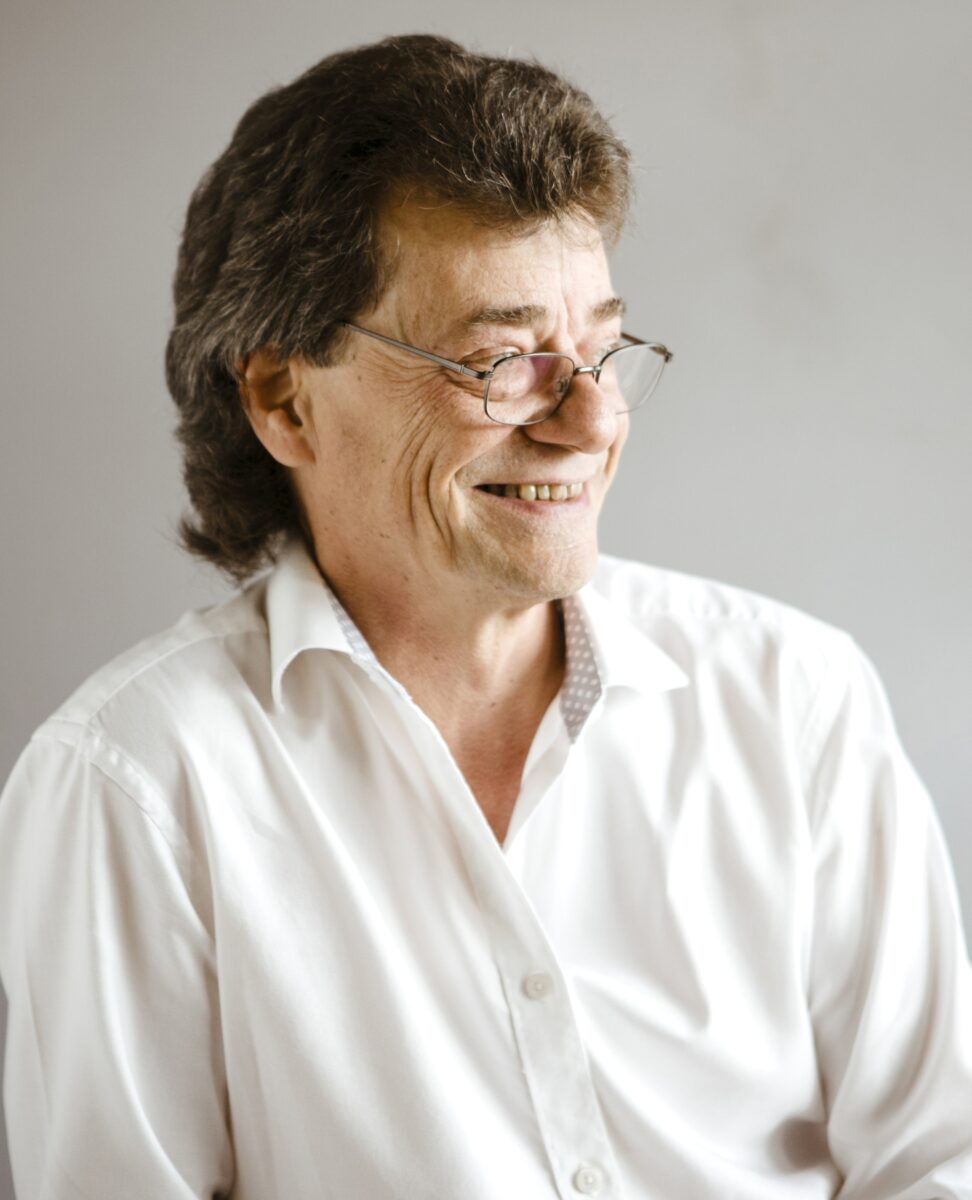
Dr Danny Siegenthaler Chinese Medicine Practitioner – MSc. (TCM), BSc. (Hons.), DTCM; DAc (Aust/China)
For more than 3 decades, Danny has dedicated himself to the practice of traditional Chinese Medicine (TCM). He has taught biology at several Universities and Colleges. Alongside his wife Susan, who is a master medical herbalist and aromatherapist, they are the proud owners of and senior practitioners at Kurrajong Natural Medicine Centre.
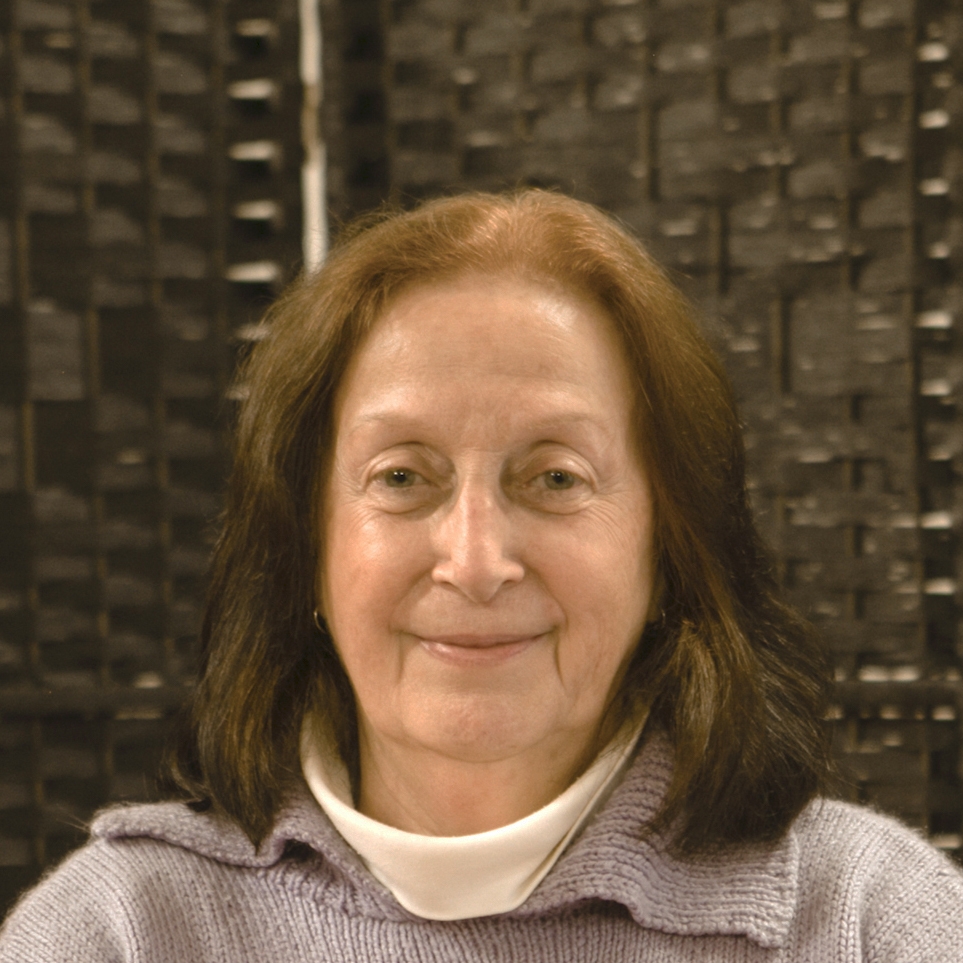
Susan O’Neill-Siegenthaler BSc(Hons), Dip Medical Herbalism, Dip Herbal Medicine, Dip Remedial Massage
For more than 4 decades, Susan has dedicated herself to the practice of Western herbal medicine and medical aromatherapy. she has also taught biology and medical sciences at several Universities as well as in her own Collage. Alongside her husband Danny, a traditional Chinese medicine practitioner, they are the proud owners of and senior practitioners at Kurrajong Natural Medicine Centre.
